A poster providing a definition and example of an onomatopoeia poem.
Print this educational poster in A3 size or larger. Then display it in your classroom as a visual reminder of what an onomatopoeia poem is and how to write one.
Onomatopoeia is a literary device used by poets to capture the attention of the reader. It refers to words that sound like the object or noise they are describing.
This teaching resource would be a wonderful addition to a lesson or unit on literary devices or poetry.
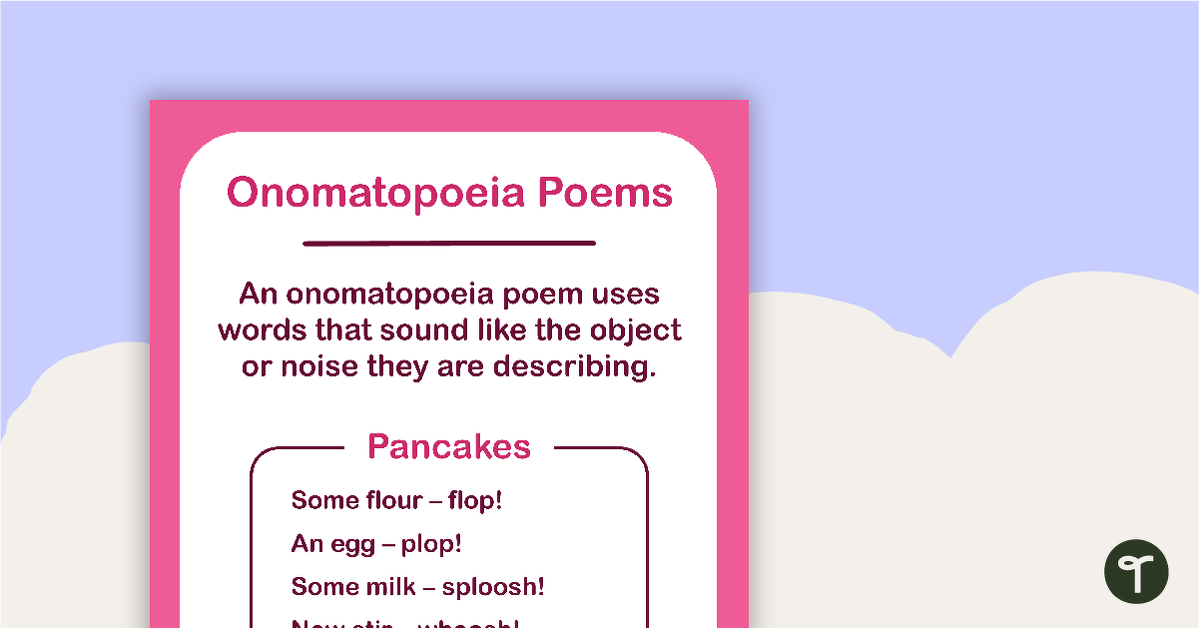

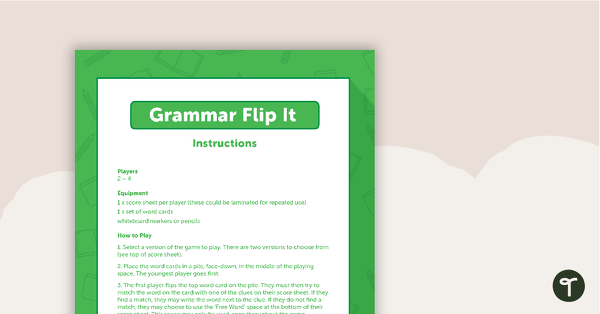
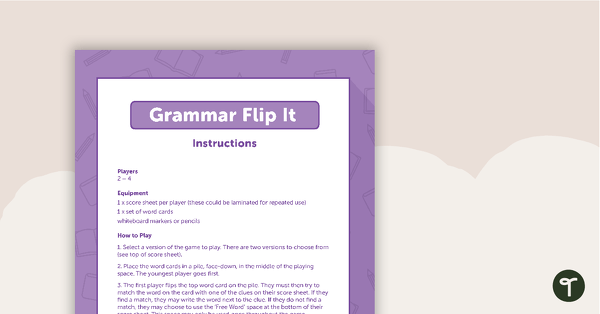


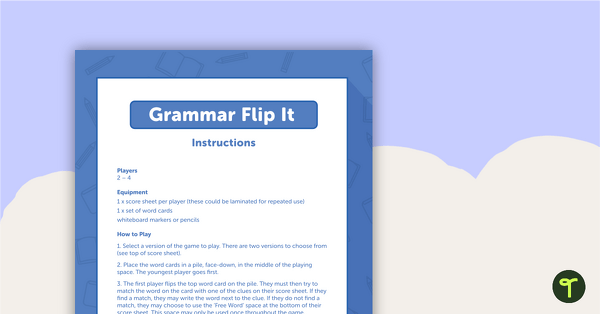


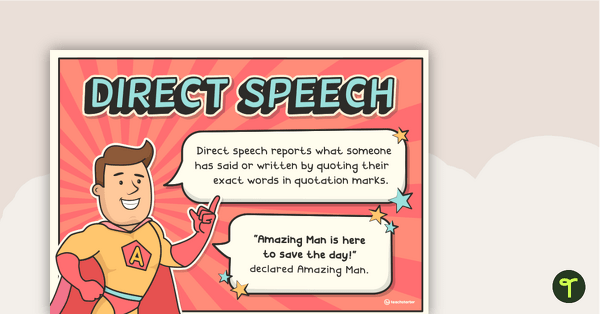
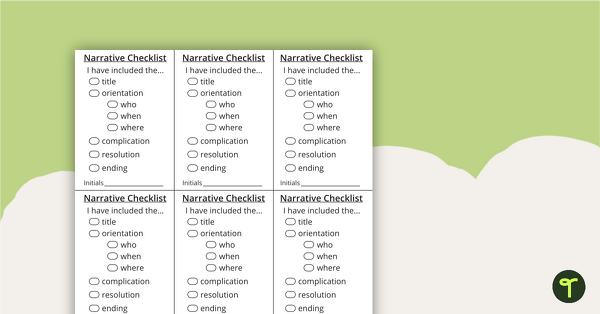
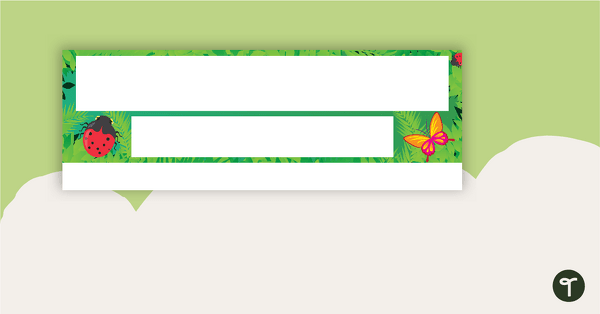
0 Comments
Write a review to help other teachers and parents like yourself. If you'd like to request a change to this resource, or report an error, select the corresponding tab above.